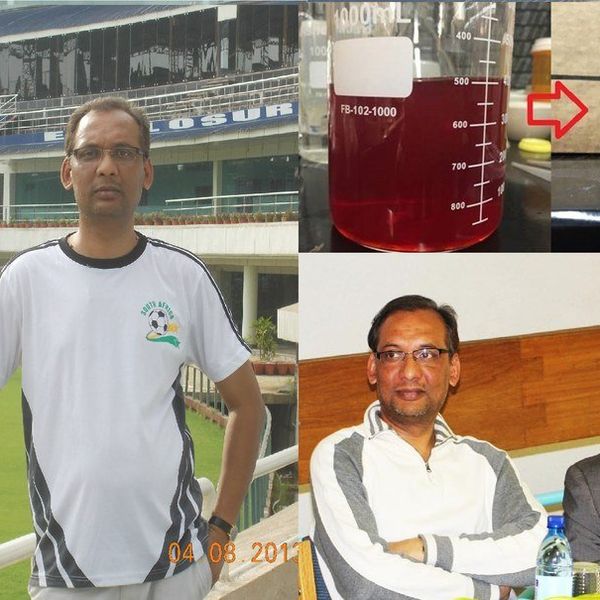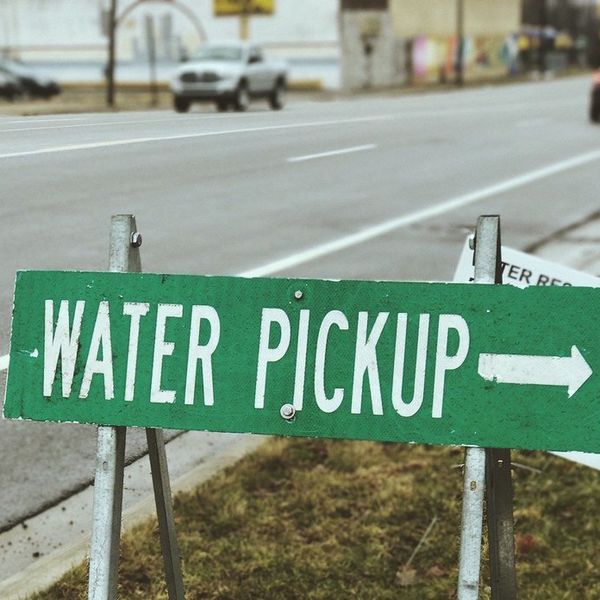Most people think that the water crisis in Flint, Michigan is over. I did too until just the other day when I read that the water still contains extremely toxic levels of lead, and that the government issued water filters are not bringing the lead down to a drinkable level.
The issue first started in 2014, when the city of Flint switched it's water supply. The residents complained about the water quality almost immediately, yet it took city and state officials months to acknowledge that there was a problem. By that point, the supply pipes had suffered major erosion and lead was leaking into the water supply. The city switched back to it's original water source, but the damage done to the pipes was irreversible. Several city officials now face lawsuits and criminal charges as a result of the large number of people suffering from lead poisoning.
Despite the lack of media coverage, the Flint Water Crisis is far from over. Recently, Michael Skolnik, a civil rights activist, met with a woman named Nakeyja who lives in Flint. She tested the water that comes out of her government issued filter and showed Skolnik that it read 184ppb, well above the legal limit of 15ppb. Nakeyja has a one year old daughter who has seizures as a result of lead poisoning. Her three-year-old son has stopped speaking and suffers from focal seizures. Another child they met had developed a rash all over her body.
However, there is hope. A team of students from the University of Michigan have developed an algorithm that uses all of the data surrounding the water crisis, such as water test results, records of service lines on the water pipes, and information on water usage for each plot of land, to determine which homes are at the highest risk of lead contamination as well as determine the location of damaged pipes buried underground or hidden in homes.
Although not all homes have had their water tested (only around 30 percent have), the algorithm is already proving successful at locating houses with high lead levels. The number of these homes is continuing to drop as the University of Michigan students continue to work to prevent anyone else from developing irreversible lead poisoning.





















